What are the advantages of Porotherm bricks?
Difference between DPC and CBR test: Here, some important differences between DPC and CBR test are listed below; (Also refer the above diagram for a clear understanding of the above concept) Actually, the DPC test requires less time to perform as compared to CBR test In the DPC test, no need for samRead more
Difference between DPC and CBR test:
Here, some important differences between DPC and CBR test are listed below;
(Also refer the above diagram for a clear understanding of the above concept)
- Actually, the DPC test requires less time to perform as compared to CBR test
- In the DPC test, no need for sample preparation, since it is directly done on the ground
- DPC test is very simple and quick as compare to CBR test
- More skill is required to perform the CBR test
- The instrument handling is very simple and easy in DPC test
- CBR test is conducted on material collected from the site
- Equipment of CBR test is more complex
- CBR test requires more time to give result


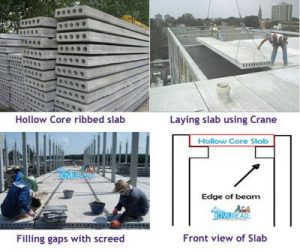
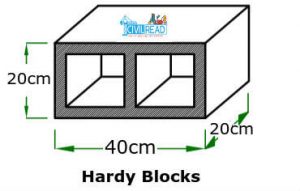
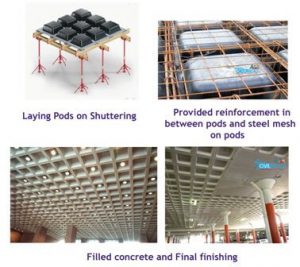
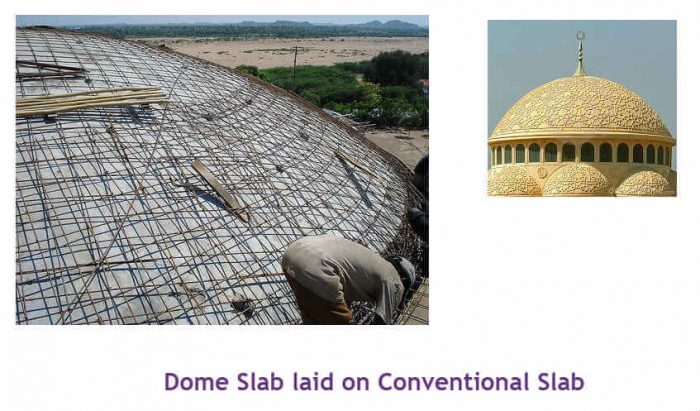
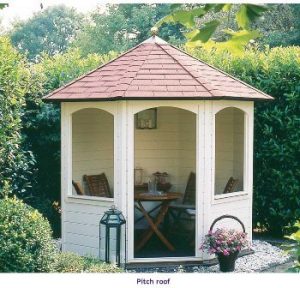
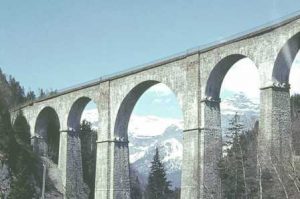
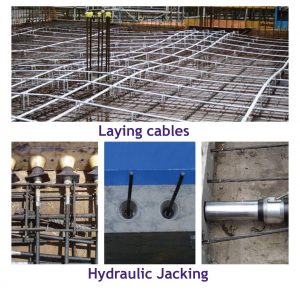
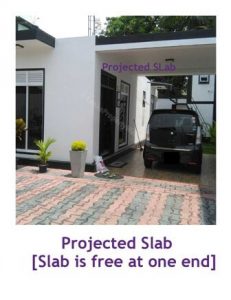
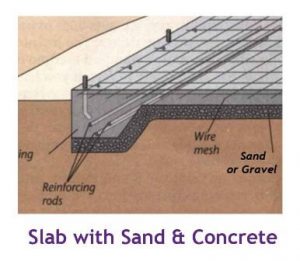
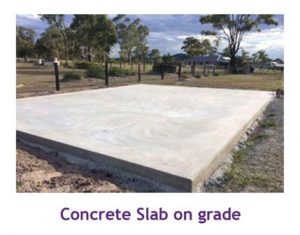
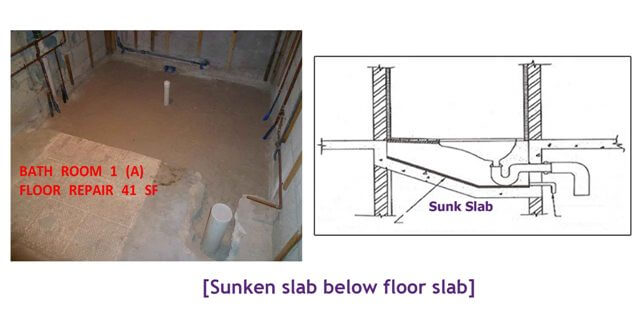

AdityaBhandakkar
Porotherm bricks are perforated clay brick. It is perforated horizontally or vertically. Size: 400 x 200 x 200mm It is a natural brick which has thermal insulation made from coal ash, natural clay and rice husk. Following are some advantages of porotherm bricks: Very good strength: compressive strenRead more
Porotherm bricks are perforated clay brick. It is perforated horizontally or vertically.
Size: 400 x 200 x 200mm
It is a natural brick which has thermal insulation made from coal ash, natural clay and rice husk.
Following are some advantages of porotherm bricks:
- Very good strength: compressive strength of brick is greater than 3.5 mm. The presence of terracotta gives higher strength to the bricks.
- Thermal insulation; due to its perforation it has high thermal insulation characteristics.
- Durability: perforated bricks have a water absorption ratio is around 15% which reduces the probability of cracks, dampness and shrinkage of walls. Also due to the high compressive strength and characteristics of fire resistance also make it highly durable and long-lasting.
- Economical: due to the method of perforation it reduces the manufacturing cost which saves energy and operating cost. This type of bricks balance the inner temperature with an outer temperature and avoid the usage of AC or heater in summer and winter respectively.
- Friendly to the environment: this brick can be recycled. all the materials for manufacturing of these bricks are natural which does not cause any allergic effect to the environment.
- Increases construction speed: for the construction of the wall made with porotherm bricks does not need curing. Due to its lightweight handling is easy and quick which reduces effective labour time.
- Porotherm bricks should be cut with a chisel and can be fixed at a fissure cracks. This breaks n sure a dry and clean site with fast construction.
See less